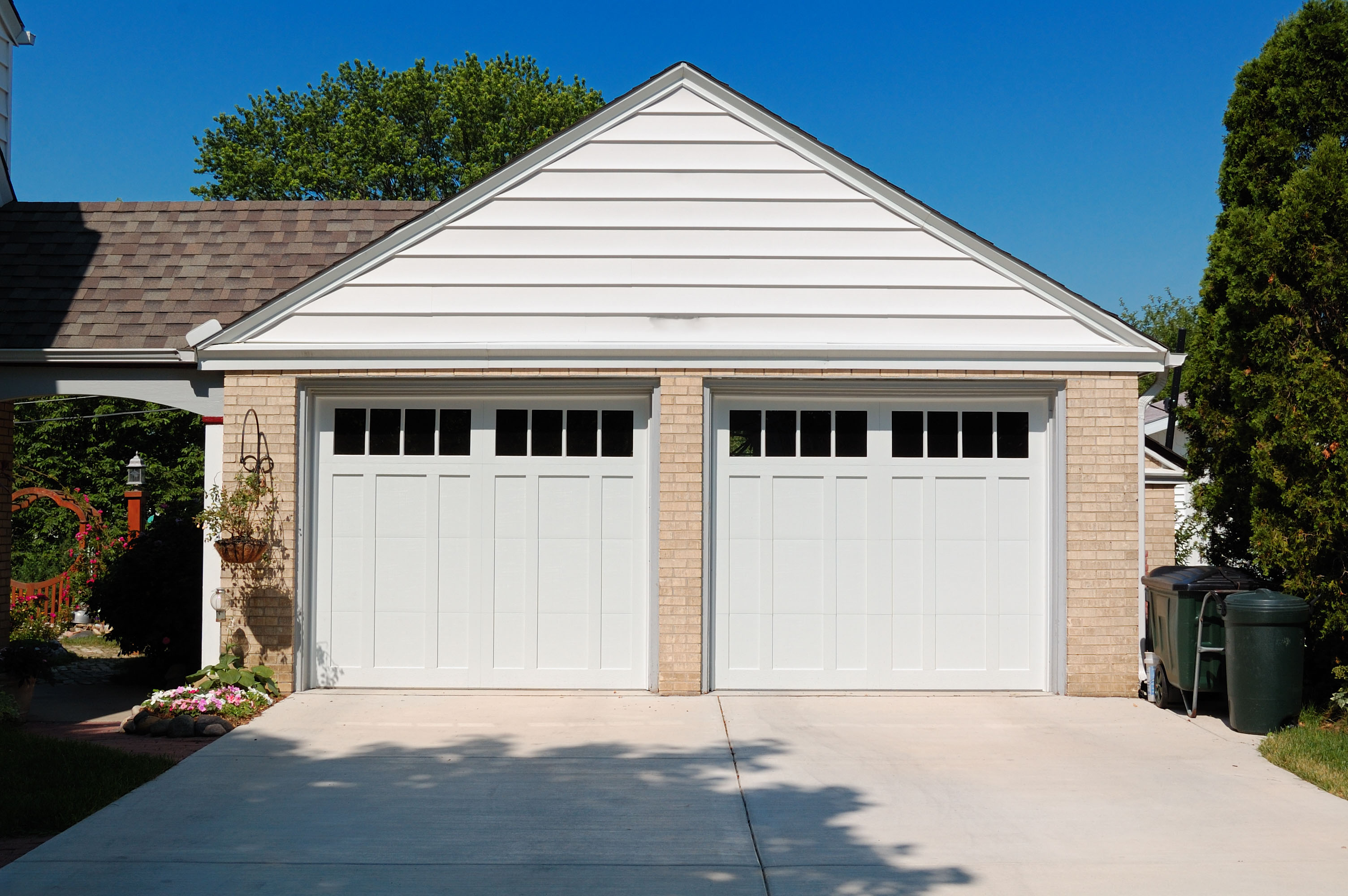Insulated Vs. Non-insulated garage doors
Garage doors are equally important and perform key functions in your home or business. They secure your vehicles, tools, and other personal items.
Garage doors come in two main types: insulated and non-insulated garage doors. The type of garage door you choose depends on the climatic conditions of your home area and whether you have an attached garage or not.

Many times, attached garages are built in different ways from separated garages. Attached garage doors are built with thicker steel and stronger materials because they are an integral part of the structure of your home. Such garages are built in close attachment with your house and can be accessed from the interior of the house. They, therefore, greatly affect the energy consumption of your home as poorly insulated doors will allow drought to get into the houses and thus lead to high electricity costs being spent on heating or warming the house.
When shopping for a new garage door, always be sure to check the gauge of the steel. Standard garage door steel should be 24 or 25 gauge. High-quality garage doors are made using galvanized steel frames, which makes them rust-free. The type of joints a garage door has also ensured that it resists strong winds while making it more stable.
Insulated garage doors
Insulated garage doors are modern doors made to resist cold weather, especially when the garage is attached to your home. An insulated garage door comprises two layers of steel and insulation in between each layer.
The insulation protects the door against heat losses to the home exterior while also protecting the home from gaining cold from the exterior. These types of doors are thicker than non-insulated doors and can be custom insulated a little less or more, depending on what you prefer and based on the climatic demands of your home area.
The current environmental conservation campaigns have pushed many companies to start selling environmentally friendly insulations that are made up of CFC-free and HCFC-free polystyrene. This ensures that the right insulated garage doors remain in the market and serves the interests of the homeowner while championing conservation efforts as well. In addition to energy savings, insulated garage doors are quieter compared to non-insulated doors. They are more attractive and resist dents and dings in a better way.
Non-Insulated
These are open garage doors without any material protection from extreme weather or climatic conditions. They will, therefore, not protect your home or garage from extremely hot weather or extremely cold weather.
A non-insulated garage door has an open back. They are constructed only of steel and are most appropriately used in the consistently warm climates. This is because there is no need for protection or insulation from cold. If it gets too hot or too cold, a non-insulated garage door will either seep cold air into the garage or overheat the garage.
In conclusion, it is a biased decision to say that either insulated or the non-insulated garage door is better. This is true as these garage doors are both made for a specific reaction.

